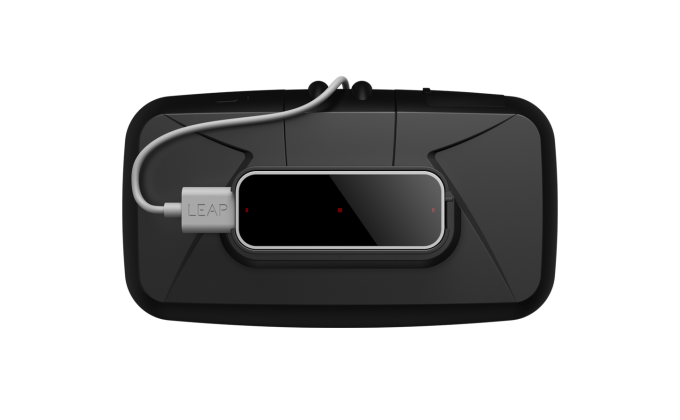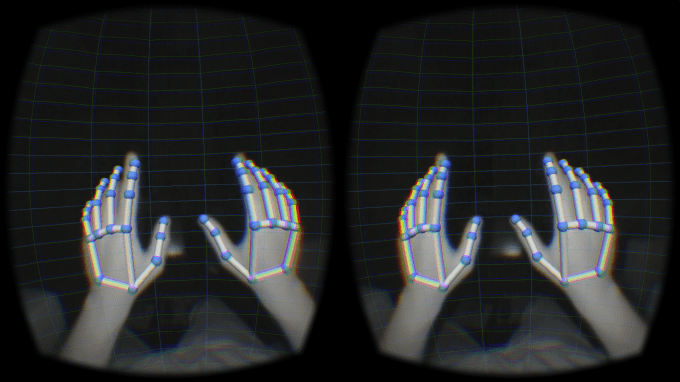
Today Leap Motion is launching a mount for its PC peripheral that lets you track your hands in virtual reality applications by attaching it to the front of the Oculus Rift or other headsets. This mount launches simultaneously with a new version of Leap Motion’s SDK that enables the device to keep track of your hands from headset’s perspective rather than below.
The company hopes that developers will integrate Leap Motion into virtual reality experiences rather than (or in addition to) keyboard and mouse or controller input. “If virtual reality is to be anything like actual reality, we believe that fast, accurate, and robust hand tracking will be absolutely essential,” Leap Motion co-founder David Holz writes in a blog post.
The mount costs $20 but requires Leap Motion’s $80 controller to be of any use. As with the Oculus Rift itself, it’s not really meant for the general public — developers and those savvy enough to mod games themselves are the only ones who are going to have anything to do with the Leap Motion’s new virtual reality features for at least the next few months.

In a demo of Leap Motion’s controller strapped to the Oculus Rift Dev Kit 2, I got to see first-hand how well the company’s software does at tracking the bones in your fingers in a virtual environment. As I wrote back in May, Leap Motion’s software has already gotten to the point where the tracking is almost instantaneous, with an imperceptible amount of lag between moving your fingers and seeing it happen in front of you.
While moving the Leap Motion camera from the desk to the Oculus Rift required some changes to the software that tracks your hands to account for the new perspective, there doesn’t seem to have been any noticeable drop in speed or accuracy.
In addition to the software and mount launching today, Leap Motion also showed me a demo with a prototype sensor the company calls “Dragonfly.” Strapped to the front of an Oculus Rift, the sensor can see a wider field of view than your own eyes, meaning it can track your hands even when you can’t see them. Leap Motion hopes that headset manufacturers will one day integrate this sensor directly into their hardware, making your hands a standard input mechanism for VR without requiring gloves.
You can see what Leap Motion’s tracking looks like while wearing an Oculus Rift in the video below: